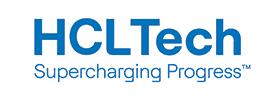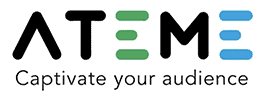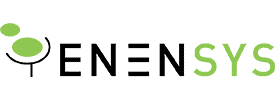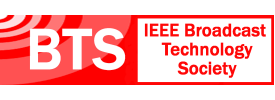- About
- Members
- Sponsors
- Subcommittees
- Technical Documents
- News
- Events
- Spotlight ATSC 3.0
- Contact Us
- Member Login
- Member Meetings
- Advanced Search
Search Site
Member Links
- About
- Members
- Sponsors
- Subcommittees
- Technical Documents
- News
- Events
- Spotlight ATSC 3.0
- Contact Us
- Member Login
- Member Meetings
- Advanced Search
Term
conventional definition television
Posted on April 1, 2015 in
This term is used to signify the analog NTSC television system as defined in ITU-R Recommendation 470. See also standard definition television and ITU-R Recommendation 1125.
content type
Posted on April 1, 2015 in
A specific type of content identified by a MIME media type; a (metadata) property of an application resource.
content type
Posted on April 1, 2015 in
A content-type is the top-level media type used to declare the general type of data. A subtype is used to convey a specific format for that type of data. For example, a media type of “image/xyz” indicates that the data is an image, even without knowledge of the specific image format “xyz”.
content processor
Posted on April 1, 2015 in
An identifiable component of an application environment which decodes or executes a specific content type.
content ID
Posted on April 1, 2015 in
A label for content. This may take the form of a global label such as ISAN, or a “house number”.
content
Posted on April 1, 2015 in
An unspecified unit of information; the essential nature or character of some material; for example, streaming video content and markup content.
content
Posted on April 1, 2015 in
A general term which refers to either an application or application resource.
content
Posted on April 1, 2015 in
Material or essence used for distribution by an operator.
content
Posted on April 1, 2015 in
Essence plus its metadata.
content
Posted on April 1, 2015 in
An audiovisual work.
News Categories
News Archives
Subscribe
Subscribe to The Standard, our monthly newsletter. Learn More
Join ATSC
ATSC is a membership organization with both voting and observer categories. Voting members include corporations, nonprofit organizations, and government entities, and they participate actively in the work of ATSC. Observers are individuals or entities not eligible to be a voting member.
Subscribe to our Newsletter
Subscribe to The Standard, our monthly newsletter, to stay up-to-date with ATSC news and events around the world.
Site Links
Contact Us
ATSC
1300 I Street NW, Suite 400E
Washington, DC 20005 USA
Do you have questions about ATSC?
About ATSC
ATSC, the Broadcast Standards Association, is an international, non-profit organization developing voluntary standards and recommended practices for digital terrestrial broadcasting. Serving as an essential force in the broadcasting industry, ATSC guides the seamless integration of broadcast and telecom standards to drive the industry forward. Currently, the ATSC 3.0 Standard is providing the best possible solution for expanding the potential of the broadcast spectrum beyond its traditional application to meet changing needs. From conventional television to innovative digital data services, ATSC has one clear goal: to empower the broadcasting ecosystem like never before.
© 2025 ATSC





































